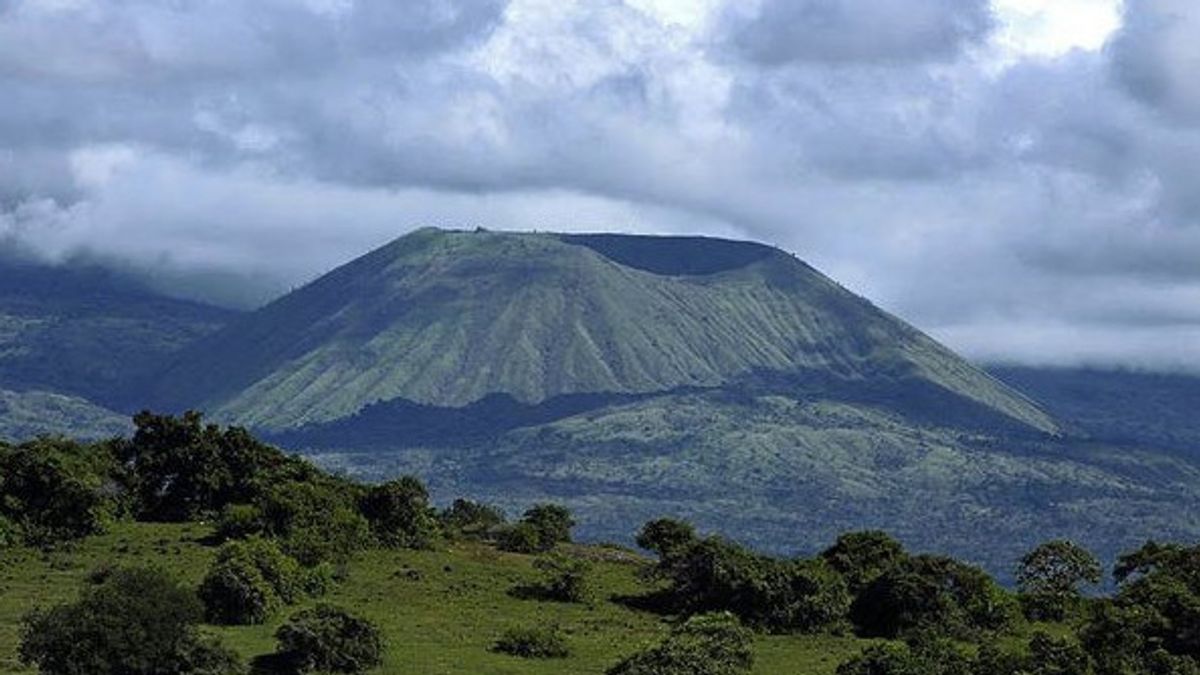JAKARTA - Scientists believe there is a one in six chance of a major volcanic eruption this century that could dramatically change the world's climate and endanger millions of lives.
When the Hunga Tonga–Hunga Ha'apai volcano erupted off the coast of Tonga in the South Pacific Ocean in January, the explosion was so large that a tsunami hit the coasts of Japan, North America and South America. Even Tonga itself suffered damage equivalent to nearly one-fifth of all GDP.
But an analysis of ice cores in Greenland and Antarctica by a team at the Niels Bohr Institute in Copenhagen found that a magnitude 7 volcanic eruption, which could be 10 to 100 times larger than the one recorded last January, is a different possibility for this century. .
Eruptions of this magnitude in the past have caused sudden climate change and the collapse of civilization. But one of Britain's leading volcanologists warned today that the world was 'very' unprepared for such an event.
"There is no coordinated action, or large-scale investment, to mitigate the global effects of a large-magnitude eruption," Michael Cassidy, professor of volcanology at the University of Birmingham, told Nature. "This needs to change."
Cassidy argued that NASA and other agencies received hundreds of billions of dollars in funding for 'planetary defense' plans, in other words, to prevent asteroids or other cosmic projectiles from slamming into Earth.
But no global program is dedicated to protecting against the devastation that can follow a large-scale volcanic eruption, something hundreds of times more likely than an asteroid and comet impact put together.
The last eruption of magnitude 7 occurred in 1815 in Tambora, Indonesia, which killed more than 100,000 people in a matter of days, but its effects were felt by millions worldwide.
The volcano emitted such a large amount of ash into the air that 1815 was known as the 'year without a summer', because Earth's average temperature fell by one degree.
This adverse effect on the global climate caused widespread crop failure in China, Europe and North America, while heavy rains and floods caused cholera to spread throughout India, Russia and many other Asian countries.
Cassidy said that in today's much more dense and interconnected world, a similar eruption could now kill large numbers of people and bring global trade routes to a halt, causing wild price spikes and shortages on the other side of the globe.
The professor appealed to world governments to increase funding for disaster planning and monitoring of potential eruption threats, especially as the likelihood of large-scale eruptions increases amid rising sea levels and melting ice sheets.
Only 27 percent of volcanic eruptions since 1950 are measured by seismometers according to Cassidy, who also says there may be hundreds or thousands of dormant volcanoes whose locations we don't yet know.
"In our view, the lack of investment, planning and resources to respond to a major eruption is reckless," Cassidy wrote. "The discussion should start now."
The English, Chinese, Japanese, Arabic, and French versions are automatically generated by the AI. So there may still be inaccuracies in translating, please always see Indonesian as our main language. (system supported by DigitalSiber.id)













